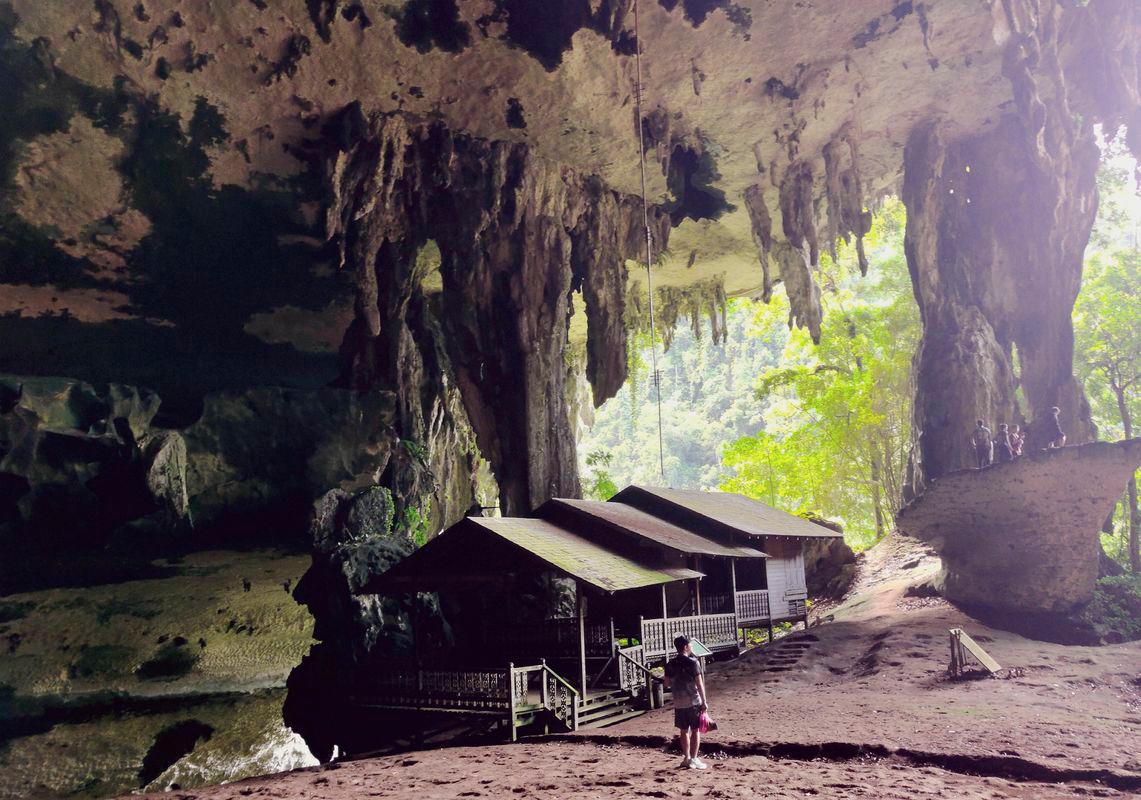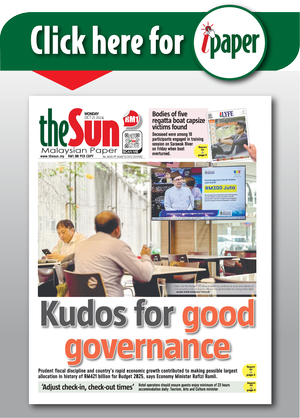MIRI: Amid the quiet wilderness of Sarawak’s tropical rainforest, the Niah Caves rise majestically — the largest and oldest limestone cave complex in Malaysia. A natural wonder steeped in history, it serves as a gateway to uncovering the secrets of early human civilisation in Southeast Asia.
Renowned for archaeological discoveries dating back tens of thousands of years, this historic cave — once home to humans as early as 65,000 years ago — has emerged as a key site in tracing human origins and prehistoric life in the region.
Covering an area of 3,138 hectares, the caves, located in Batu Niah town about 90 kilometres (km) from Miri city, hold not only priceless archaeological treasures but also breathtaking natural panoramas that make them a must-visit World Heritage destination.
On a recent visit, I was guided by 57-year-old Frankie Kho Chie Kian, a tour guide with more than two decades of experience, through the unique wonders of the caves, now recognised as a United Nations Educational, Scientific and Cultural Organisation (UNESCO) World Heritage Site.
Awestruck by the thousand-year-old limestone formations, the echoes of swiftlets filling the cavern, and shafts of natural light piercing through rocky crevices, I felt as though I had been transported back in time — reliving moments from the lives of ancient generations.
The exploration of Niah is more than just about retracing the lives of early humans and the birth of civilisation in the region. Situated near the borders of Marudi to the east, Beluru and Subis to the south, and the South China Sea to the west, Niah offers visitors a multi-layered journey through both nature and history.
The adventure begins at the Niah National Park registration counter, followed by a three-minute boat ride across the Niah River. From there, visitors embark on a trail leading to a network of caves of varying sizes and formations.
Among them are the Traders’ Cave (Gua Dagang), the Great Cave (Gua Besar), the Moon Cave (Gua Gan Kira), and the Painted Cave (Gua Lukisan). Each holds its own charm — from awe-inspiring rock formations to priceless artefacts left behind by prehistoric communities.
The journey often starts at the Niah Archaeological Museum, where visitors get a first glimpse into humanity’s distant past, including a replica of Southeast Asia’s earliest modern human skull found right here.
From there, a nearly three-km trek along wooden walkways through lush tropical rainforest awaits. The damp atmosphere, the sharp scent of bat guano, and the chorus of swiftlets all add to the immersive experience of entering an ancient world.
The first cave encountered, Gua Dagang (Traders’ Cave), was once a bustling hub of exchange between traders and the local community. Remnants of wooden poles, believed to be part of trading structures, still stand — silent witnesses to the history of commerce within its walls.
Further along lies the Great Cave, a vast chamber as wide as a football field and nearly 75 metres high. Natural light pours in dramatically through the cave’s mouth, illuminating spectacular limestone formations while swiftlets circle overhead.
If luck is on your side, you may still catch sight of Penan communities collecting swiftlet nests or harvesting guano — traditions that have been passed down for generations and continue to sustain livelihoods today.
The final leg of the journey leads to the Painted Cave (Gua Kain Hitam), located about 150 metres from the Great Cave. Here, over 1,200-year-old ancient rock paintings depict boat-shaped coffins and spiritual beliefs about the soul’s journey after death.
“Visitors are often amazed when they learn that the earliest modern human skull in Southeast Asia was found here, not abroad. And the ancient paintings in the Painted Cave allow them to witness the artistic expression of prehistoric communities — a priceless window into our past,” said Frankie.
With its UNESCO recognition, the hope is that Niah Caves will not only be preserved sustainably but also open a new chapter in benefiting local communities through eco-tourism and heritage-based travel. - Bernama









